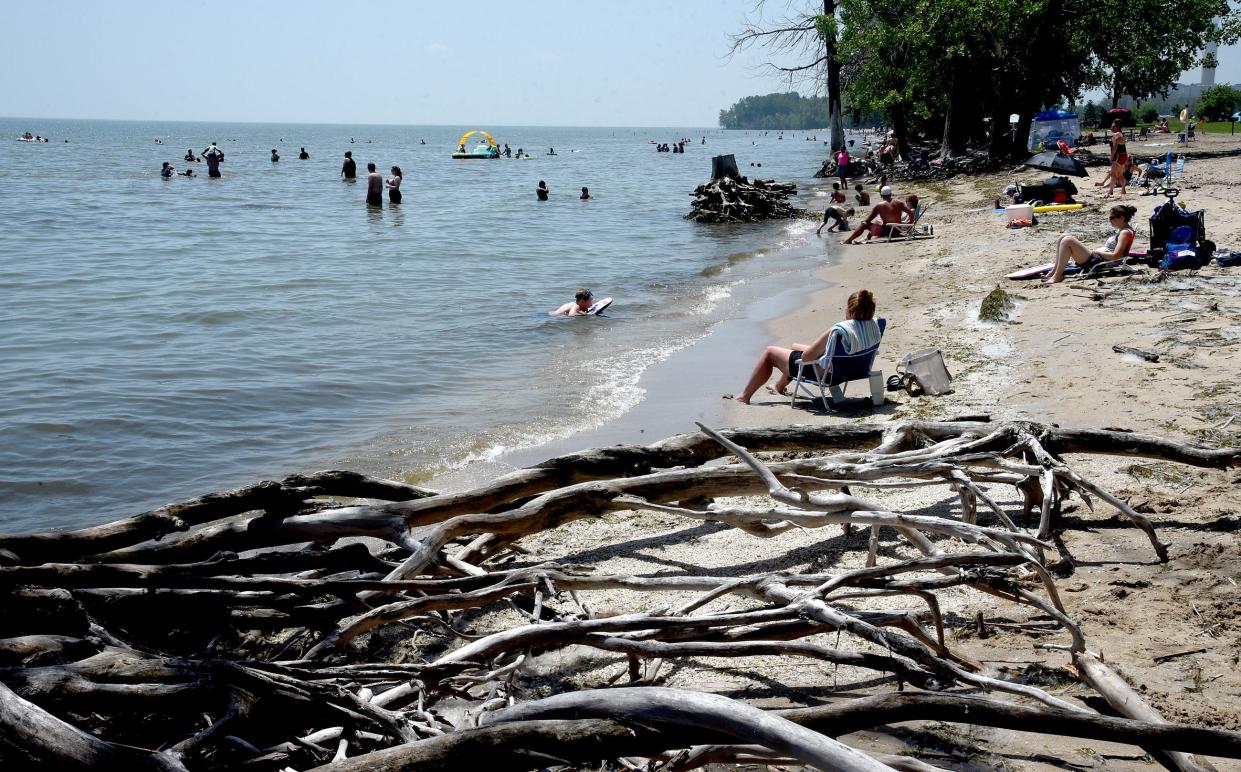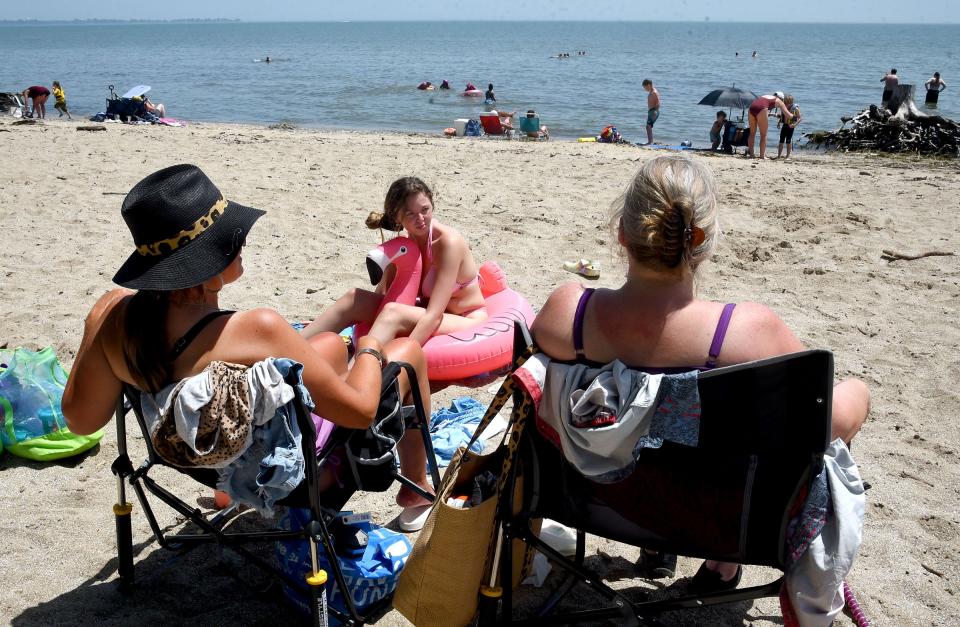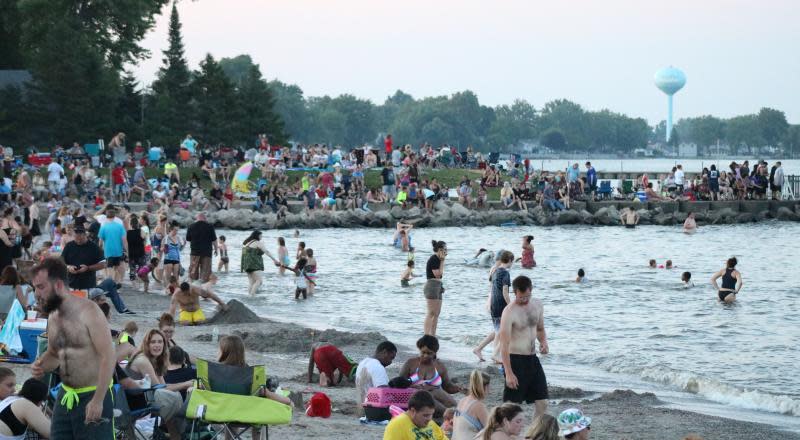Lake Erie beach water tested weekly



As the weather warms up, so does our Lake Erie water, attracting many swimmers to enjoy the summer season.
Each Tuesday from Memorial Day through Labor Day, the Monroe County Health Department (MCHD) collects water samples at Lake Erie beaches to determine if the water is safe for swimming. Results of the analysis are available the following afternoon. Results are posted on the Health Department website: https://www.co.monroe.mi.us/officials_and_departments/departments/health_department/environmental_health/recreational_waters.php
What are we testing for? Escherichia coli (E. coli). E. coli bacteria live in the digestive systems of humans and other warm-blooded animals. Most strains of the E. coli bacteria are not dangerous, but they can indicate the presence of other disease-causing bacteria. There are a variety of sources that contribute bacteria and other pathogens to the surface water. These sources include illicit waste connections to storm sewers or roadside ditches, septic systems, combined and sanitary sewer overflows, storm (rain) runoff, wild domestic animal waste, and agriculture runoff.
How do we sample? Samples are generally taken one foot below the surface in water that is between three and six feet in depth. A minimum of three samples are collected at each beach location.
What do the sample results mean? The daily geometric mean calculated from these samples must be below 300 E. coli per 100 milliliters for the water to be considered safe for swimming. Sometimes one or two of the samples may be above 300, but if the daily geometric mean is below 300, the beach is not in violation of the water quality standard. After 30 days, a geometric mean is calculated for all the individual samples collected within that time frame. This 30-day geometric mean must be below 130 E. coli per 100 ml for the water to be considered safe for swimming.
When would an advisory be posted? A whole-body contact advisory would be issued if the Health Department determined that levels of bacteria exceed the limits established by the Michigan Public Health Code. An advisory is posted if either the single-day or 30-day average bacteria count exceeds the established limit. If an advisory is posted due to bacterial contamination, the Health Department will continue to monitor the water quality at the beach and the advisory will be lifted when bacteria levels fall back within acceptable levels. It is possible that a beach could be closed for swimming but other recreational activities at the beach may still be available.
Additional information on the Beach Monitoring program can be found at:
http://www.michigan.gov/deq/0,4561,7-135-3313_3686_3730-11005--,00.html
For more information, contact the Monroe County Health Department, Environmental Health Division at (734) 240-7900.
This article originally appeared on The Monroe News: Lake Erie beach water tested weekly

